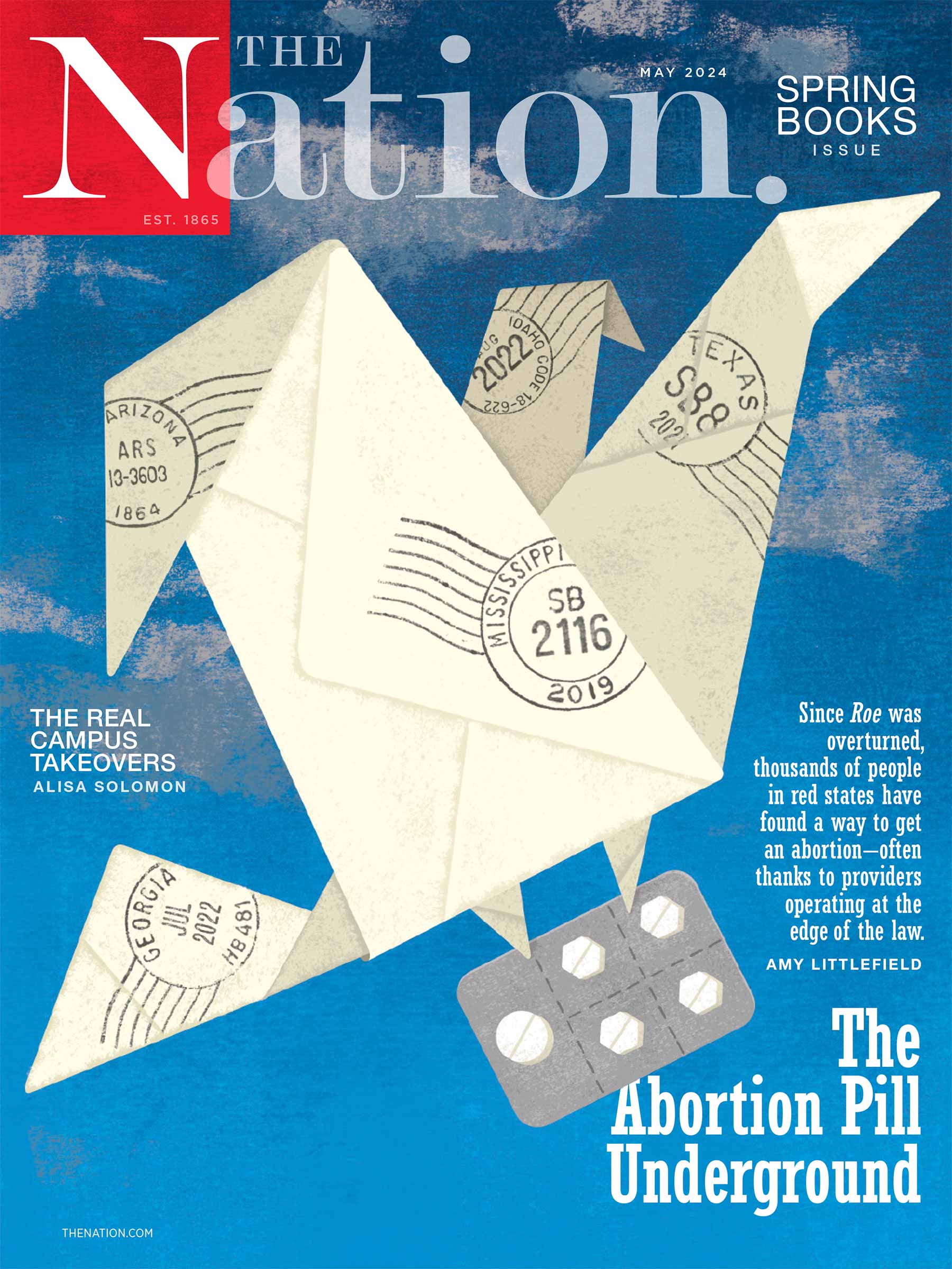
Healing LGBTQIA+ Healing LGBTQIA+
200+ skin-tone bandages: a whole community to heal.
Dec 19, 2024 / OppArt / Airco Caravan
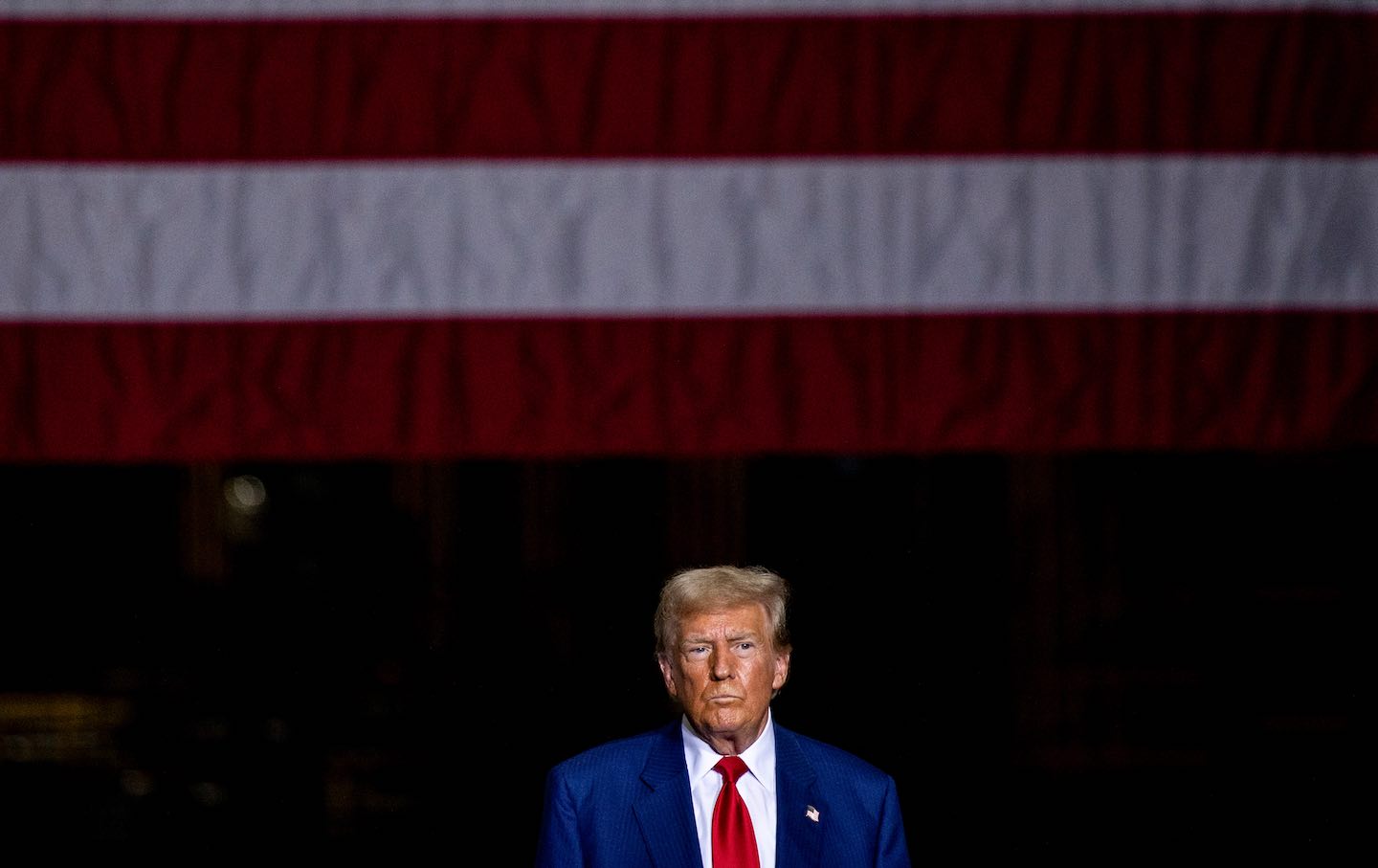
Not All Liberals Hate Trump Not All Liberals Hate Trump
From China and the Middle East to immigration, all too many liberals have already moved inexorably rightward. Count on them to quietly support some of Trump’s policies.
Dec 19, 2024 / John Feffer

A Close Reading of Luigi Mangione’s Self-Help Library A Close Reading of Luigi Mangione’s Self-Help Library
A look at the UnitedHealthcare CEO shooter’s social media accounts points to what Americans are inclined to turn to when their government fails to give them sufficient options.
Dec 19, 2024 / Maya Vinokour

The Legacy of the British Legal System Continues to Inflict Misery in Sierra Leone The Legacy of the British Legal System Continues to Inflict Misery in Sierra Leone
Decades after independence, colonial-era laws have created a mass-incarceration crisis in Sierra Leone as poor citizens are thrown into prison for the smallest offenses.
Dec 19, 2024 / Feature / Mara Kardas-Nelson
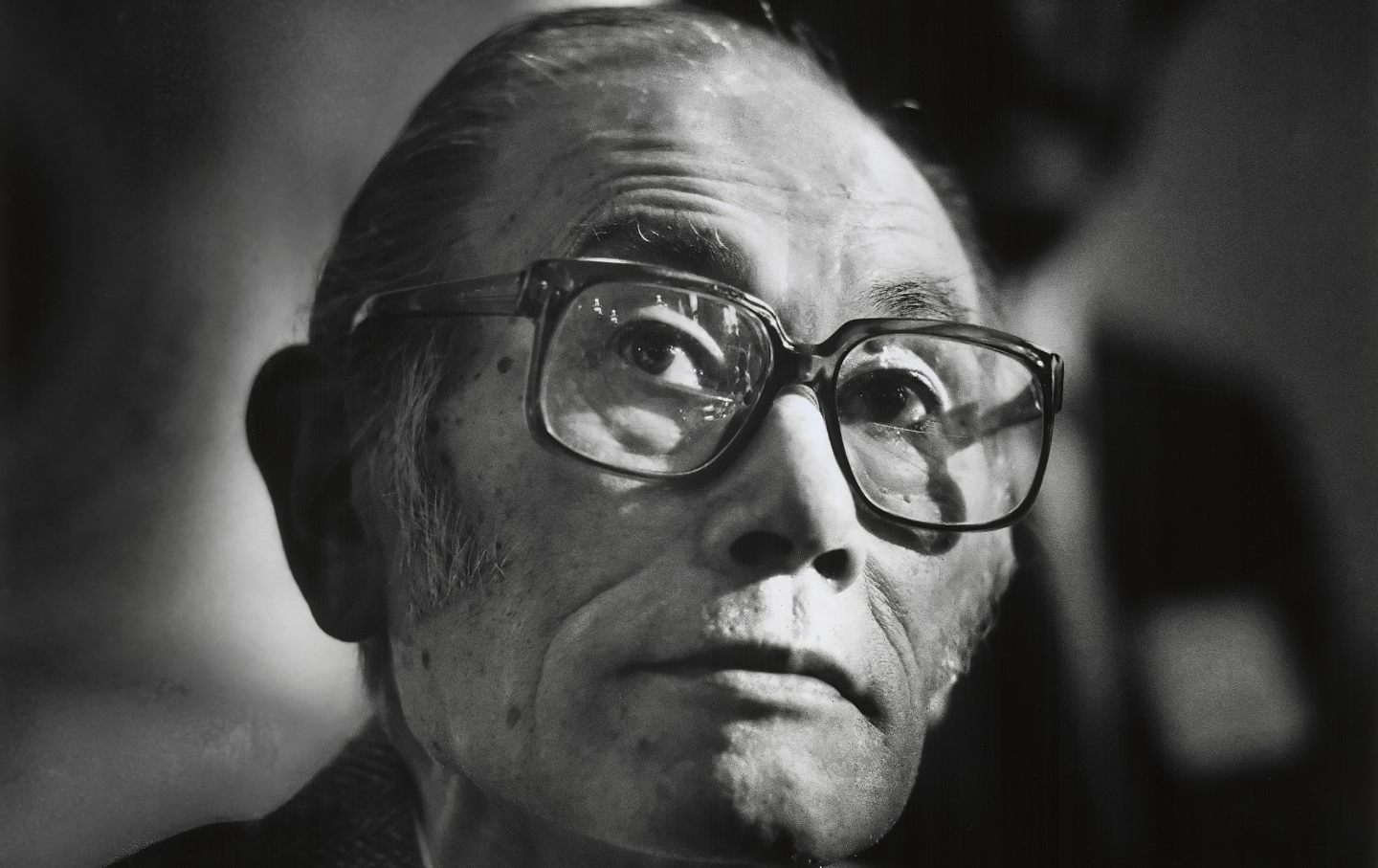
One of the Supreme Court’s Most Infamous Cases Is As Relevant as Ever One of the Supreme Court’s Most Infamous Cases Is As Relevant as Ever
Eighty years ago, Korematsu v. United States upheld the incarceration of Japanese Americans. The racism and hysteria that fueled that decision are still with us today.
Dec 18, 2024 / Jonathan van Harmelen

War Games War Games
Around the world catastrophic wars rage.
Dec 17, 2024 / OppArt / Tjeerd Royaards
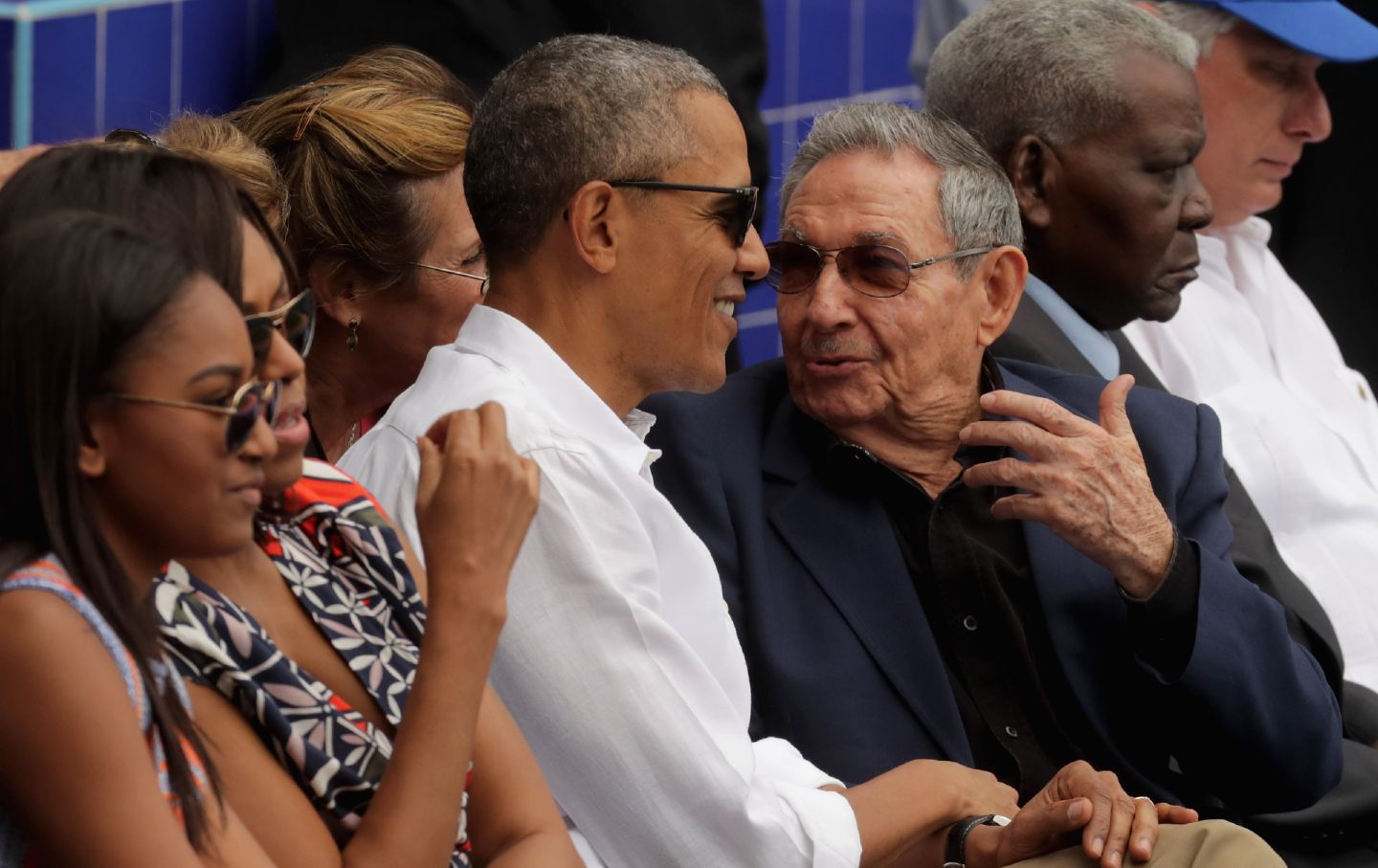
Biden’s Legacy on Cuba Biden’s Legacy on Cuba
On the 10th anniversary of Obama’s opening, the outgoing president should take immediate action because it is good for the US, good for the Cuban people—and the right thing to do....
Dec 17, 2024 / Peter Kornbluh
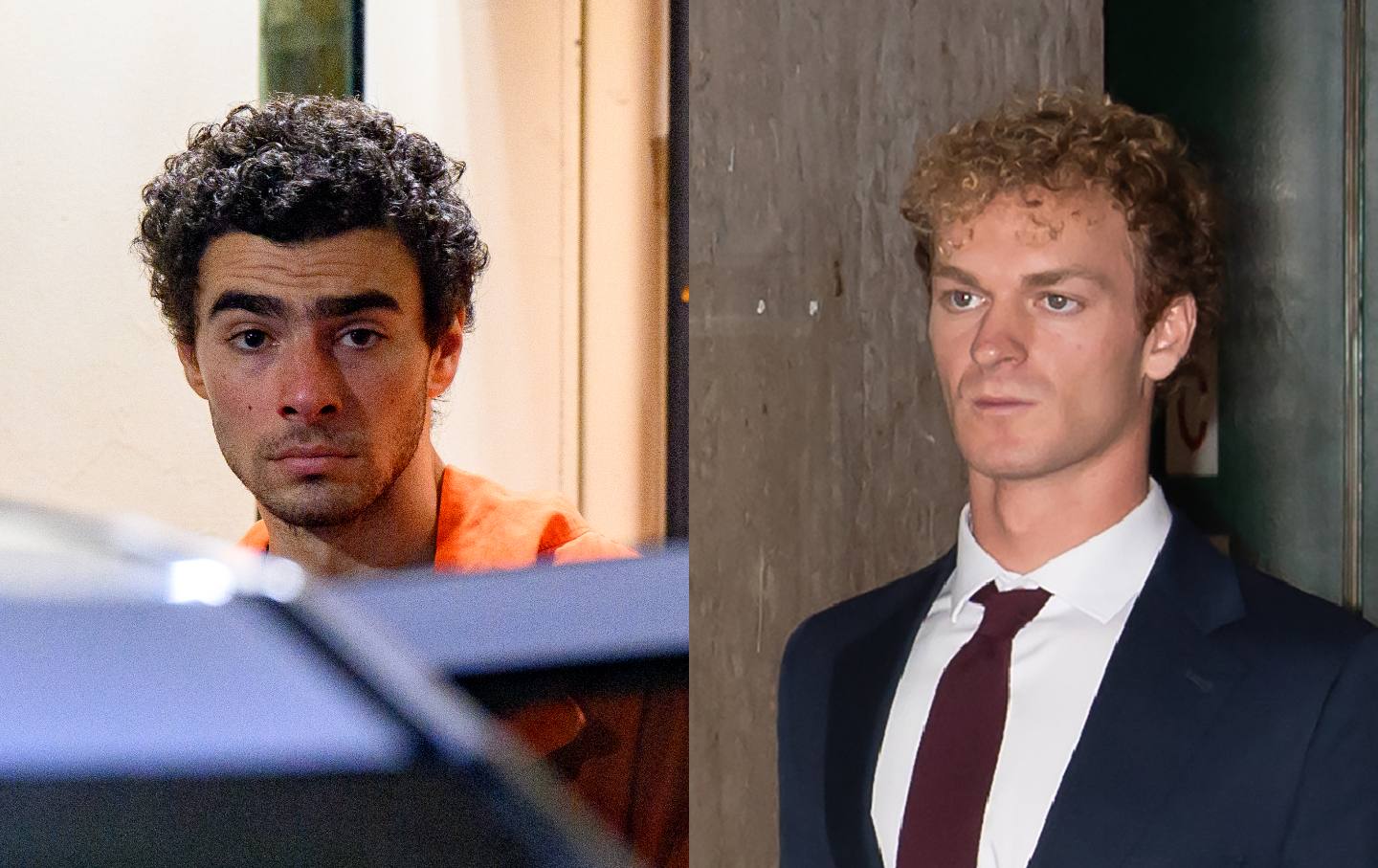
What Luigi Mangione and Daniel Penny Are Telling Us About America What Luigi Mangione and Daniel Penny Are Telling Us About America
When social structures corrode, as they are doing now, they trigger desperate deeds like Mangione’s, and rightist vigilantes like Penny.
Dec 13, 2024 / Caleb Brennan
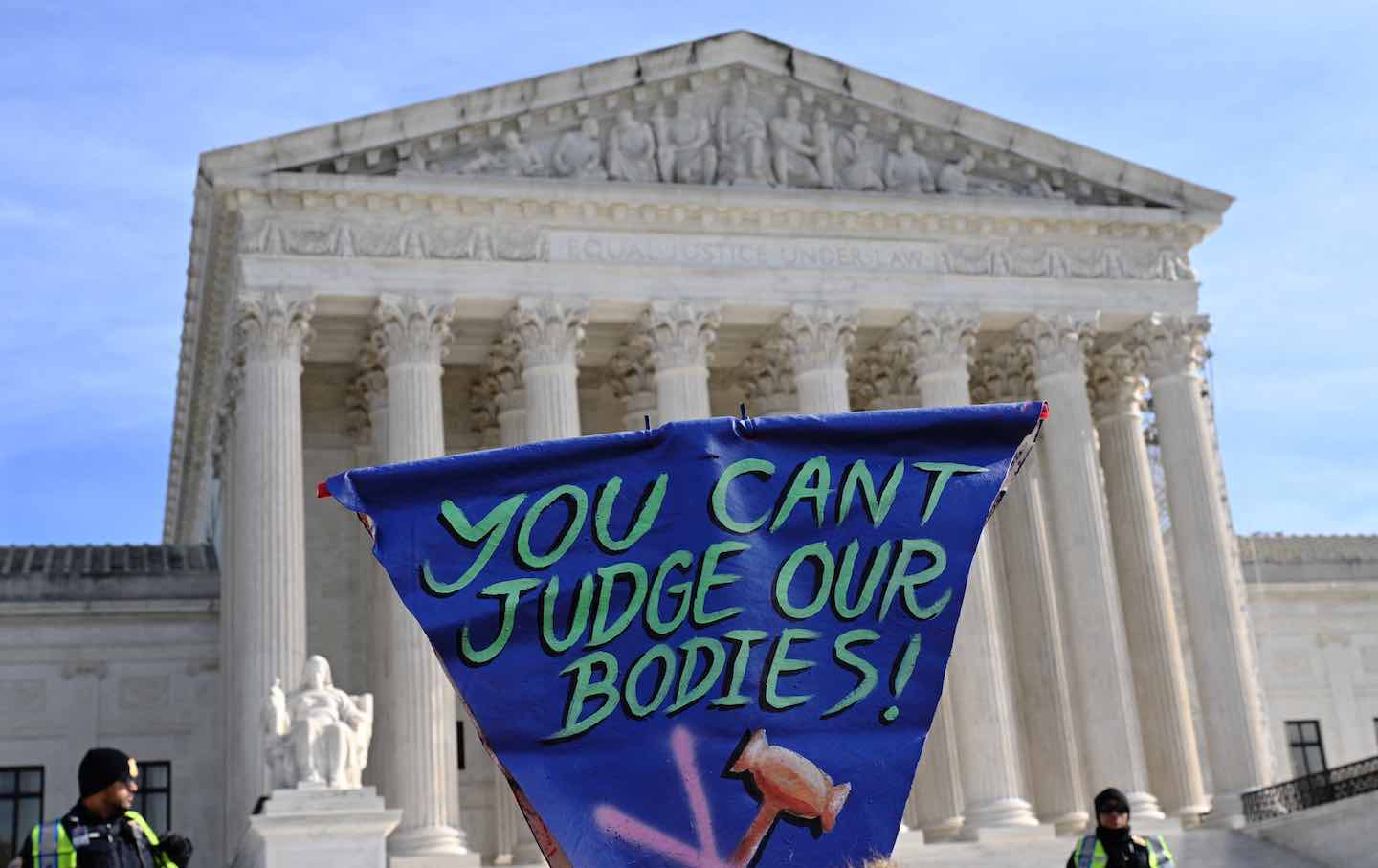
Banning Trans Health Care Puts Young People at Risk of Harm Banning Trans Health Care Puts Young People at Risk of Harm
Contrary to what conservative lawmakers argue, the Supreme Court will increase risks by upholding state bans on gender-affirming care.
Dec 13, 2024 / Aziza Ahmed and Joanna Wuest
